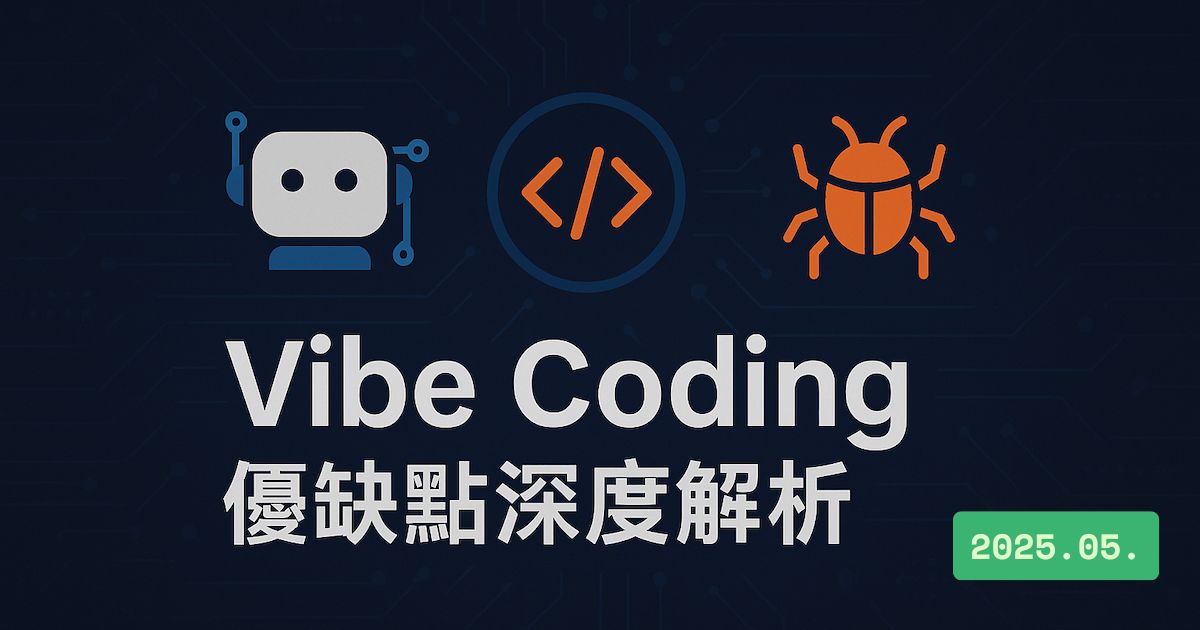
Vibe Coding is ideal for testing business models or developing demos. By having simple conversations with Vibe Coding tools like Cursor, you can quickly generate prototypes. However, never launch production features directly from Vibe Coding–generated code! You’ll soon face numerous issues. In tests, the code still contains many bugs and problems, so fixing them may cost more than building from scratch.
(Also, since things change fast, we’ve added the publication date to the thumbnail 😂)
Emerging in 2025, Vibe Coding lets you describe requirements in natural language (e.g., English, Chinese) and have a large language model (e.g., GPT-4) generate code automatically. This approach embraces “going with the vibes, embracing AI” and lets non-programmers turn ideas into products without complex coding.
Is it really that simple? Yes!
Our tests show that as long as you can clearly describe your needs in text, Vibe Coding can bring your ideas to life, providing an intuitive, rewarding experience (initially, non-technical team members may worry about being replaced…). On Threads, people share all kinds of Vibe Coding mini-projects every day—from tools to creative apps—celebrating the joy of instantly turning ideas into working code.
Wikipedia even cites New York Times reporter Kevin Roose, “Though not an engineer, he used Vibe Coding to build useful tools like LunchBox Buddy—which analyzes your fridge and suggests lunch options—showing that Vibe Coding empowers non-technical users to create personalized software.”
By now you might be thinking, “I have so many great ideas—Vibe Coding could help me start a new venture!” After all, it makes starting up feel unprecedentedly easy: idea to product, zero-budget entrepreneurship is just a prompt away.
Because it seems so effortless, we must understand the risks. As the saying goes, “nothing free is cheap!” (Though our free services are genuinely free!). Vibe Coding offers unprecedented flexibility and creativity, but it has hidden pitfalls. Let’s explore them below.
Companies should use Vibe Coding cautiously, especially in high-risk or commercial contexts.
Vibe Coding is an AI-assisted development method where you describe features in natural language and AI generates code, ideal for rapid prototypes and simple applications.
While easy to start, it’s not recommended for production. AI-generated code still requires expert review to avoid security flaws and runtime errors. Use it for prototypes, then have an engineering team refactor for production.
It’s best for product designers, entrepreneurs, educators, students, and solo developers conducting early-stage concept tests but not for unverified commercial releases.